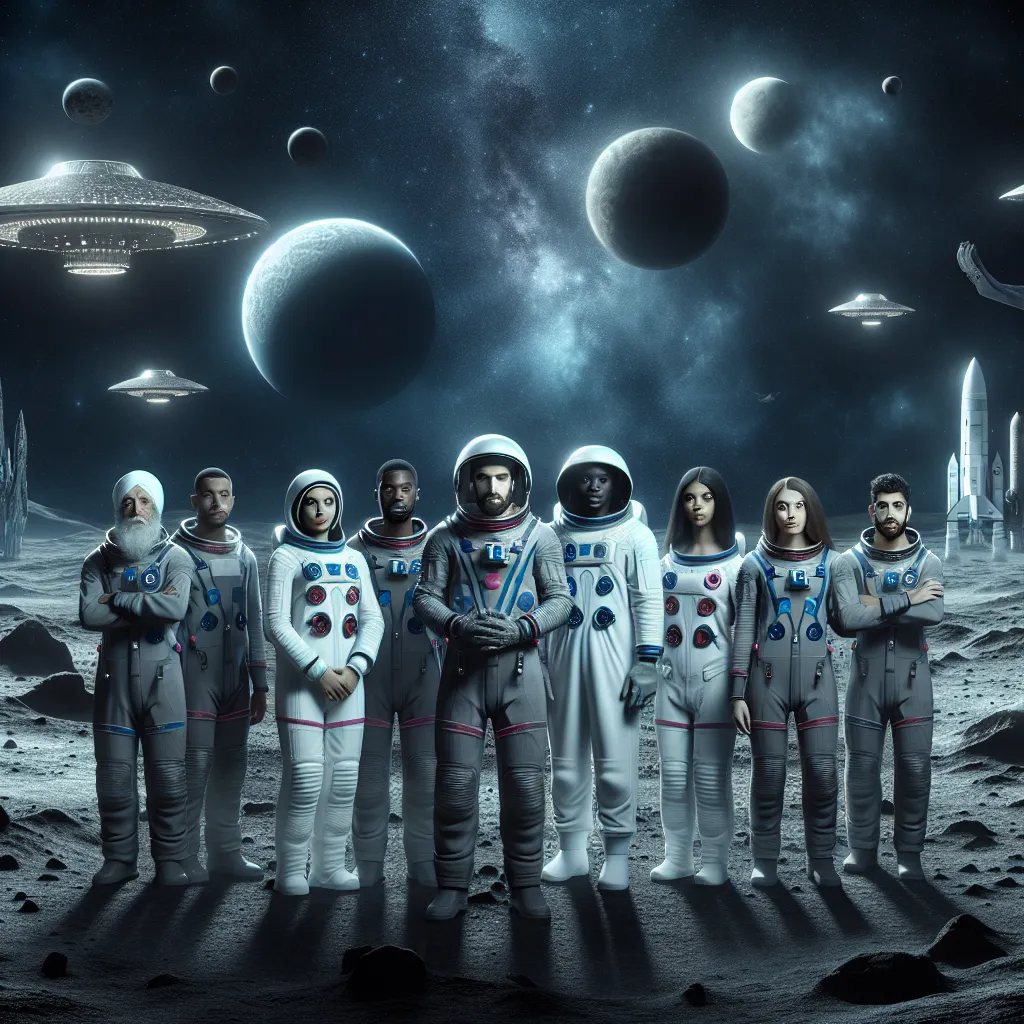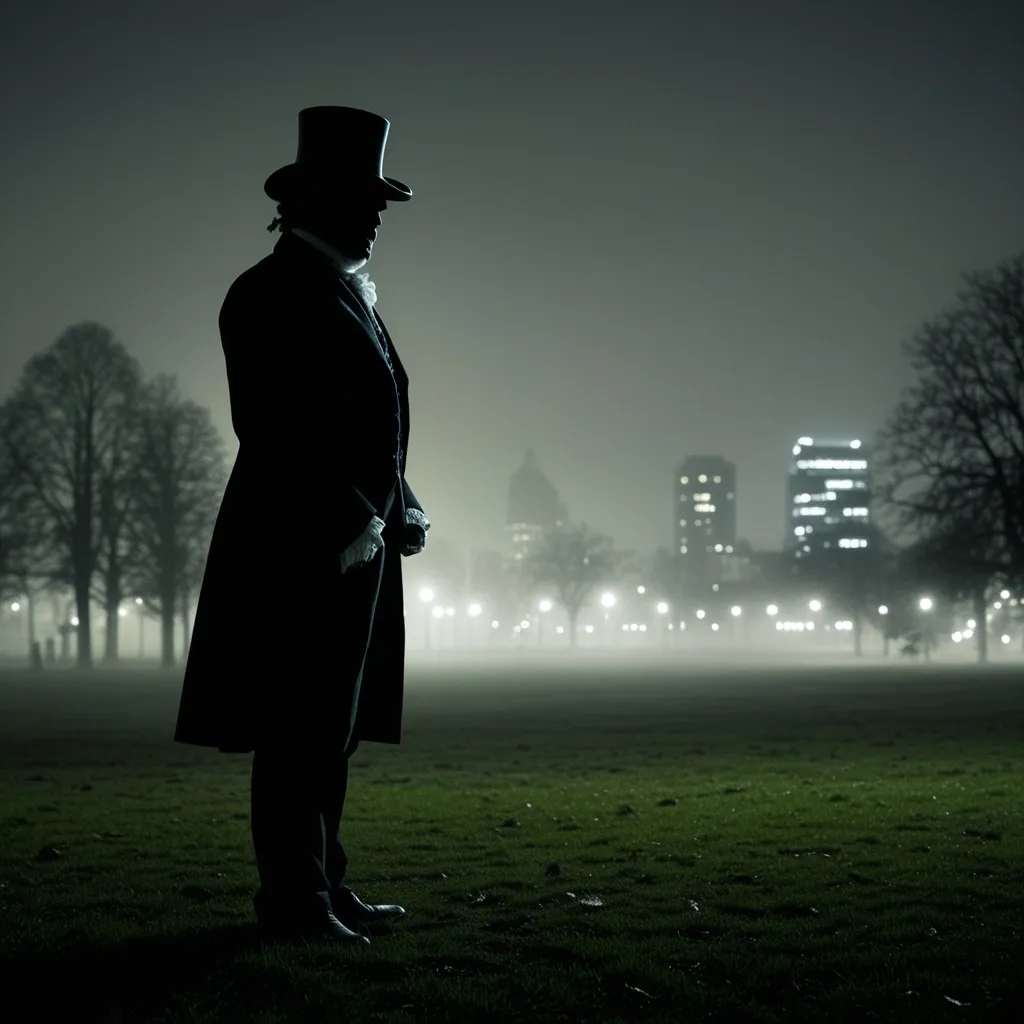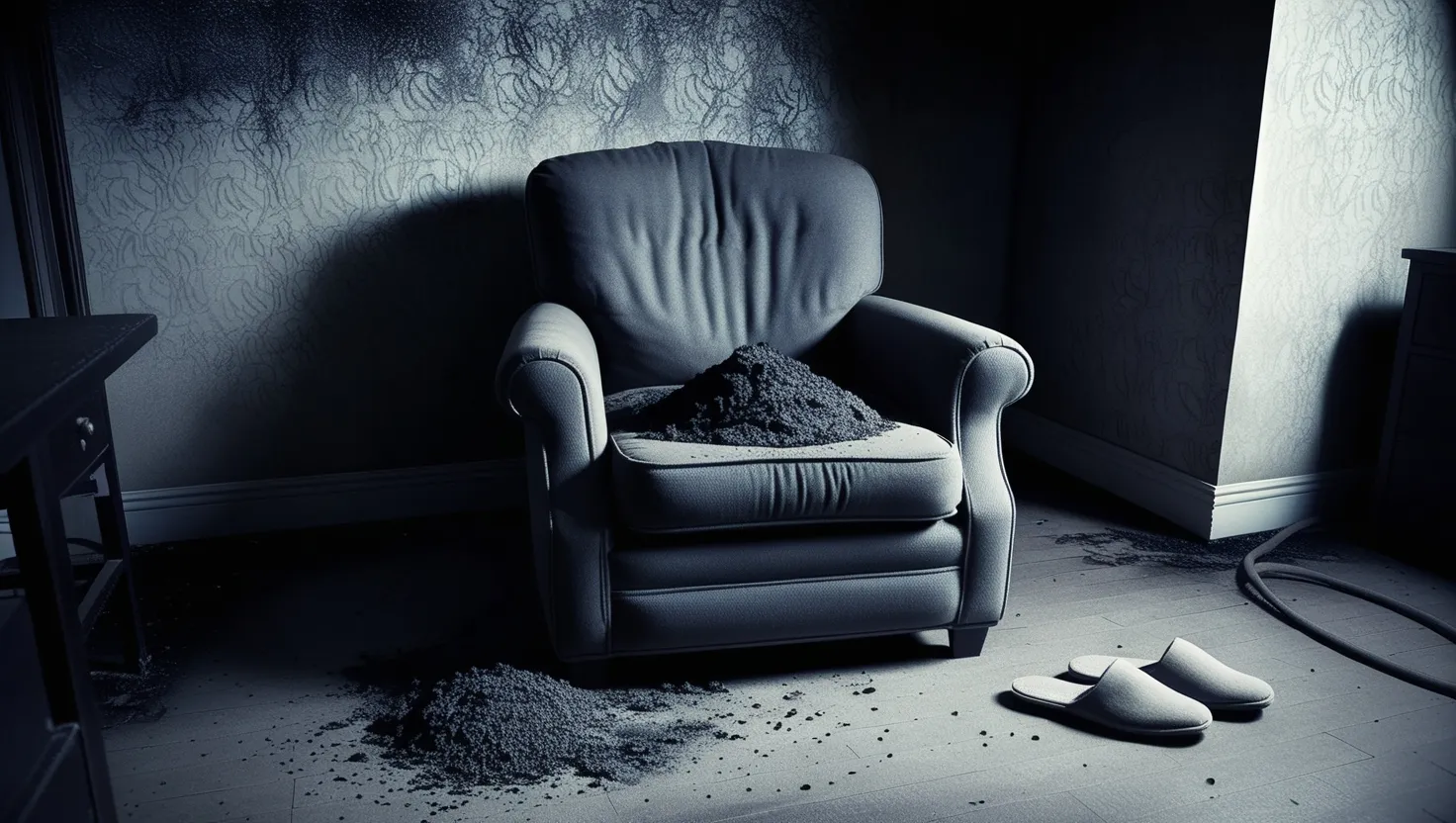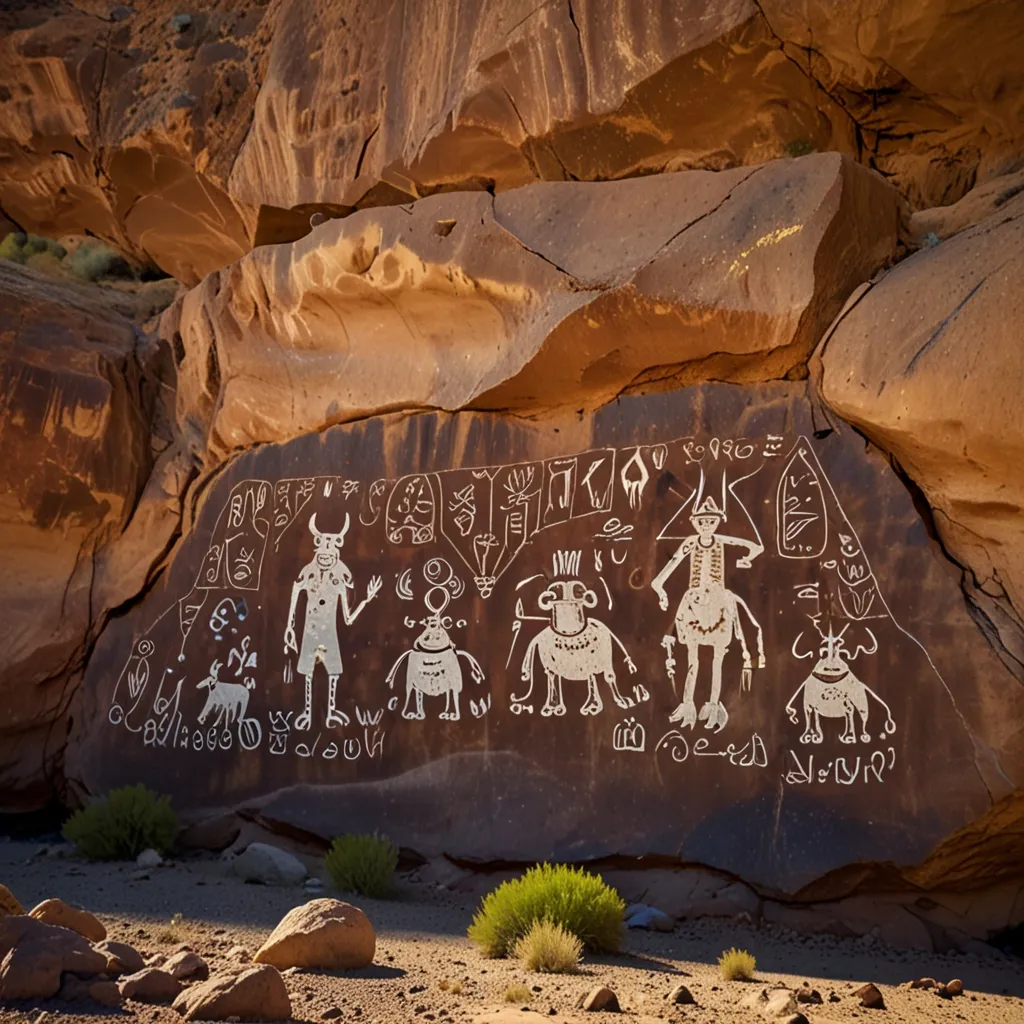In 1961, President John F. Kennedy threw down the gauntlet to Congress, challenging the nation to land a man on the moon and bring him back safely to Earth by the end of the decade. This ambitious goal supercharged the space race between the United States and the Soviet Union. Both superpowers saw moon dominance as more than just planting a flag; it was a symbol of national pride, technical superiority, and military might.
By 1965, the lunar probes from both nations were snapping pictures of the moon’s dark side when they discovered something shocking—someone or something already claimed the moon long before humans even got there.
Fast-forward to July 20, 1969. While Neil Armstrong and Buzz Aldrin made headlines by setting foot on the lunar surface, Michael Collins orbited the moon alone in the Command Module. Collins experienced long, eerie stretches where he was entirely cut off from Earth. During one of these moments, he reported hearing an unsettling whistling noise, what some have since referred to as “space music.” NASA wrote it off as radio interference, but it’s still spooky to think about.
Interestingly, it’s not just weird sounds. Decades have seen numerous claims from astronauts and whistleblowers about strange sightings and experiences. Apollo 11 astronauts reportedly saw “other ships” on the moon, and various missions reported unidentified flying objects using code words like “bogey” and “Santa Claus.”
Whistleblowers have come forward with tales of moon bases and alien installations. Carl Wolf, a technician working on lunar photographs, recalled seeing pictures of mushroom-shaped buildings and Towers on the moon’s far side. He died mysteriously after disclosing this information.
Donna Hare, another whistleblower, claimed NASA airbrushed out UFOs from lunar photos to keep the cosmic truth hidden. Former Army Major Robert Dean spoke of moon photos showing massive alien structures, and later, Dr. Ken Johnston mentioned seeing images of strange machinery and domed buildings on the lunar surface. Unfortunately, Johnston was dismissed after he revealed this information, adding to the list of whistleblowers who faced backlash.
The oddities of the moon don’t end there. Its strange structure—from giant obelisks to uniform depths and mysterious pyramids—baffles scientists. Then there’s the moon’s odd behavior, like ringing like a bell for hours when struck, suggesting it might be hollow. Theories about these anomalies abound, including speculations that the moon was once two separate entities that slowly merged.
Despite these oddities, a renewed interest in exploring our lunar neighbor takes center stage. With countries and private companies ramping up moon missions, the race to uncover the truth continues. The big question: What will we find?
As we prepare to revisit the moon, it’s clear we might be on the brink of the most extraordinary discovery of our civilization—or its end. Only time will tell.






